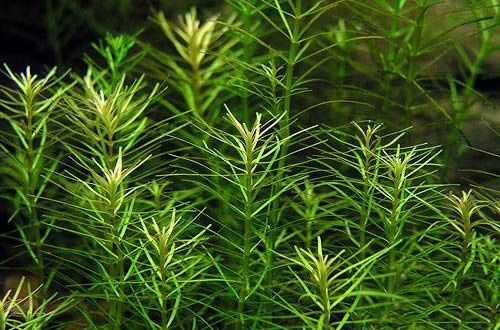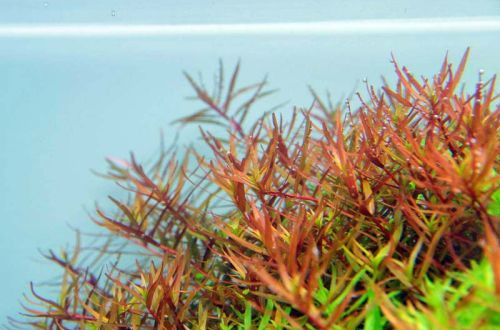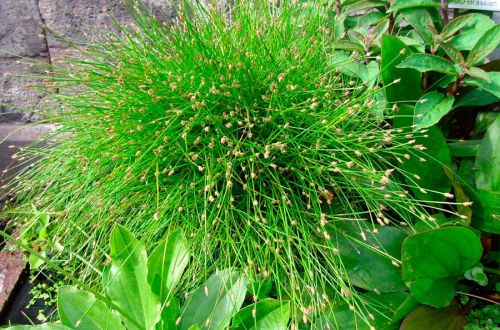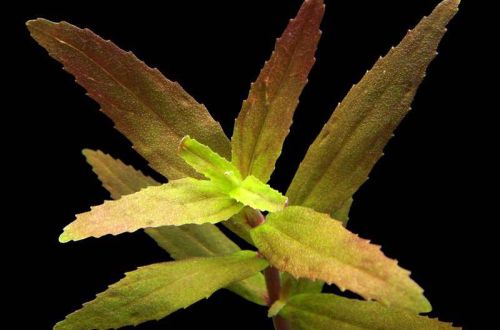
Rotala nanenshan
Rotala nanenshan, scientific name Rotala sp. Nanjenshan. In the Russian-language literature, this interpretation of this English-language name has settled down, although it sounds more correct as “Nanzhenshan” – one of the regions in Taiwan where this plant was first collected.

In Europe, as an aquarium plant, it was introduced in 1993 by the nursery Dennerle (Germany). Until that time, it was already known among aquarists in Asia, but was mistakenly identified as Mayaca Selloviniana. For this reason, both names are sometimes considered synonymous, although they belong to completely different species. Supposedly, Rotala nanyenshan is a natural hybrid between Rotala rotundifolia and Rotala walliha.
Under water, the plant develops short stems. They do not grow strictly vertically, but are slightly bent or tilted down with their tops. The stems branch weakly, but form many side shoots at the base, due to which dense thickets are formed. The leaves are thin, about 1 mm wide and 1.5–2 cm long. The color of the leaf blades is light green or yellow-red.
In the surface position, the shape of the leaves changes to elliptical or lanceolate, 0.5–1 cm long and 2–4 mm wide. Small purple flowers may appear in the sinus.
The content is not the easiest, although Rotala nanenshan withstands significant temperature ranges and fluctuations in the hydrochemical composition of water. Similar to Rotale Wallich, the best results are achieved in soft, slightly acidic water with a regular supply of carbon dioxide. High light levels and sufficient iron concentrations allow the plant to develop red hues. The introduction of fertilizers will avoid growth retardation and blackening of the leaves.





